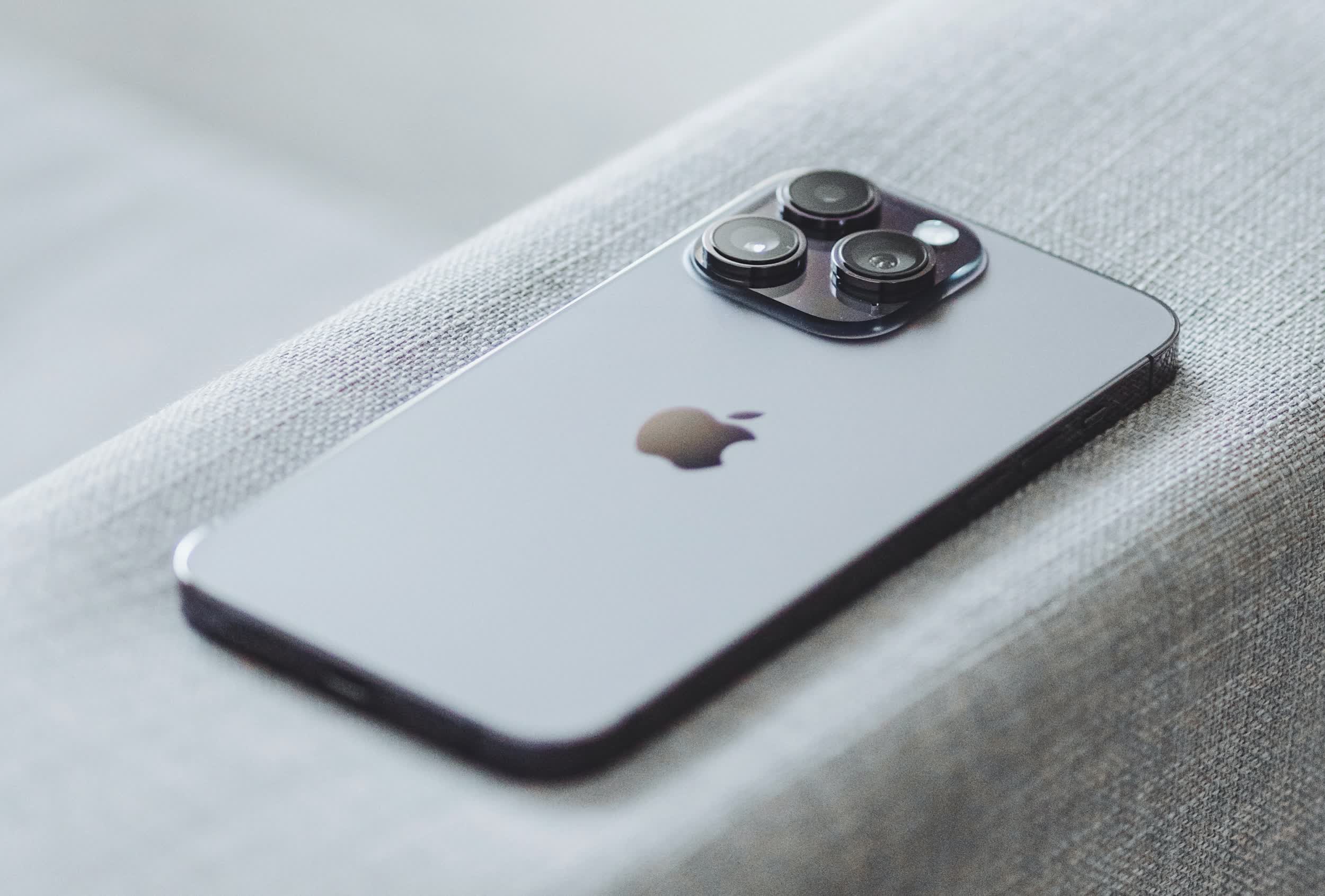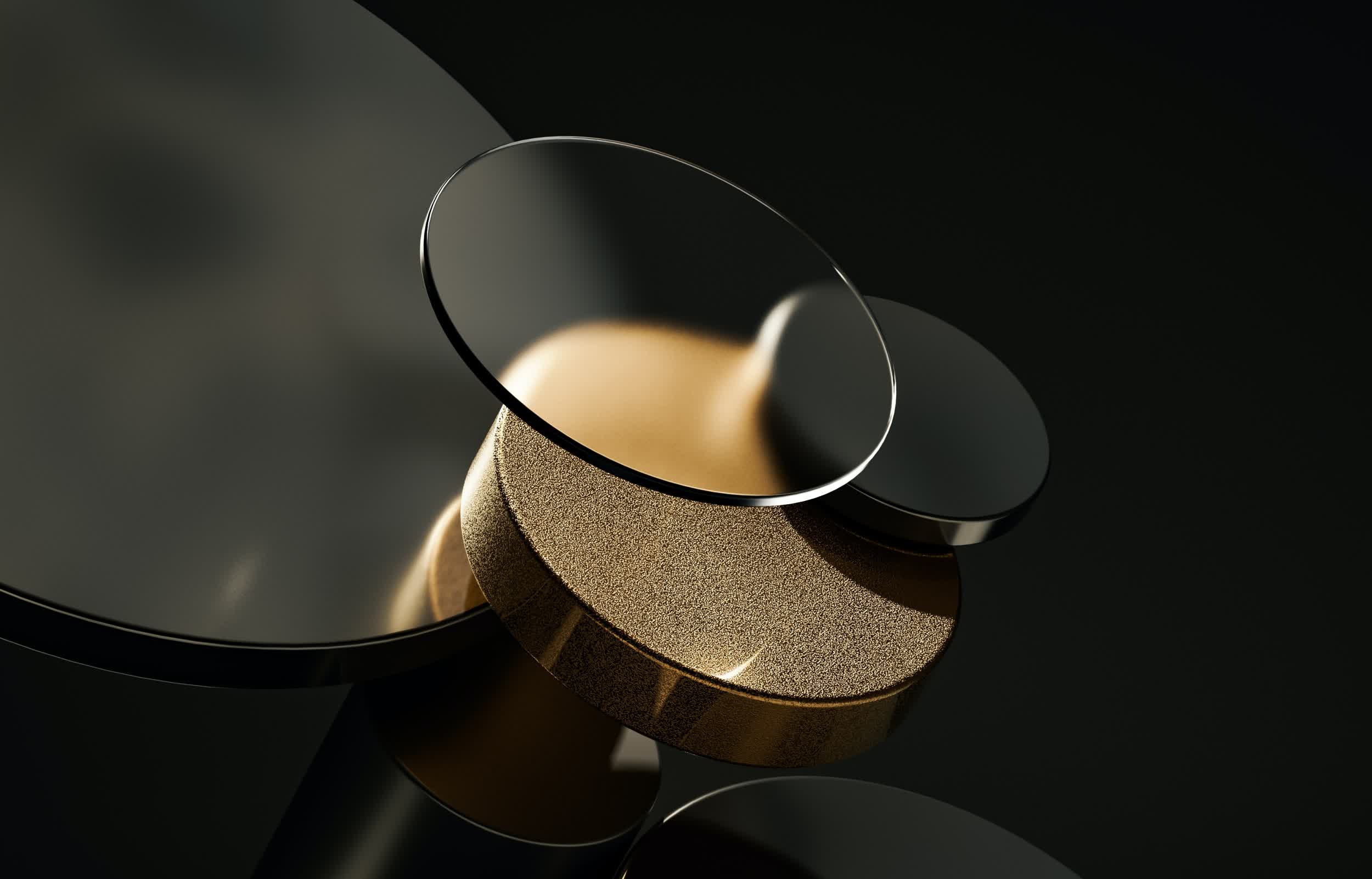In a nutshell: iPhone manufacturer Foxconn has reportedly started production on the next version of Apple's smartphone. Economic Daily News was first to report on the development, noting that the iPhone 15 has entered what is called the new product introduction, or NPI, phase. During this stage, Foxconn will use its production line to assemble iPhones in the exact manner they will be created during mass production.

This step gives both Apple and Foxconn the opportunity to ensure everything is operating smoothly, and also allows them to identify and implement tweaks that could increase efficiency, boost yields or lower production costs.
Some pre-production models have probably already been assembled, but those were likely put together by hand in small numbers.

The publication further notes that the manufacturing process will be a bit different for Apple this year with mass production kicking off in China and India within just a few weeks of each other. In previous years, production was many months apart.
Most expect Apple's iPhone 15 family to mirror what we saw with its most recent release. If true, we could be looking at a standard iPhone 15 as well as an iPhone 15 Plus, an iPhone 15 Pro and a flagship iPhone 15 Pro Max / Ultra. This may also be the final year of the iPhone Plus as it reportedly hasn't sold as well as Apple had hoped. Another recent rumor suggested Apple is postponing or canceling the iPhone SE 4.
Apple's higher-end iPhone 15 models are also expected to adopt a new chip. The A17 SoC is believed to be built on a 3nm process. TSMC claims its 3nm process delivers up to a 70 percent logic density gain, a 15 percent speed improvement and a 30 percent reduction in power. In the iPhone 15, this would translate to a faster phone with longer battery life and perhaps a bit more room for additional hardware (or maybe even a larger battery).
Apple's iPhone 15 family is expected to debut in mid-September.
Image credit: David Svihovec, Milad Fakurian
https://www.techspot.com/news/97223-apple-iphone-15-enters-trial-production-phase.html